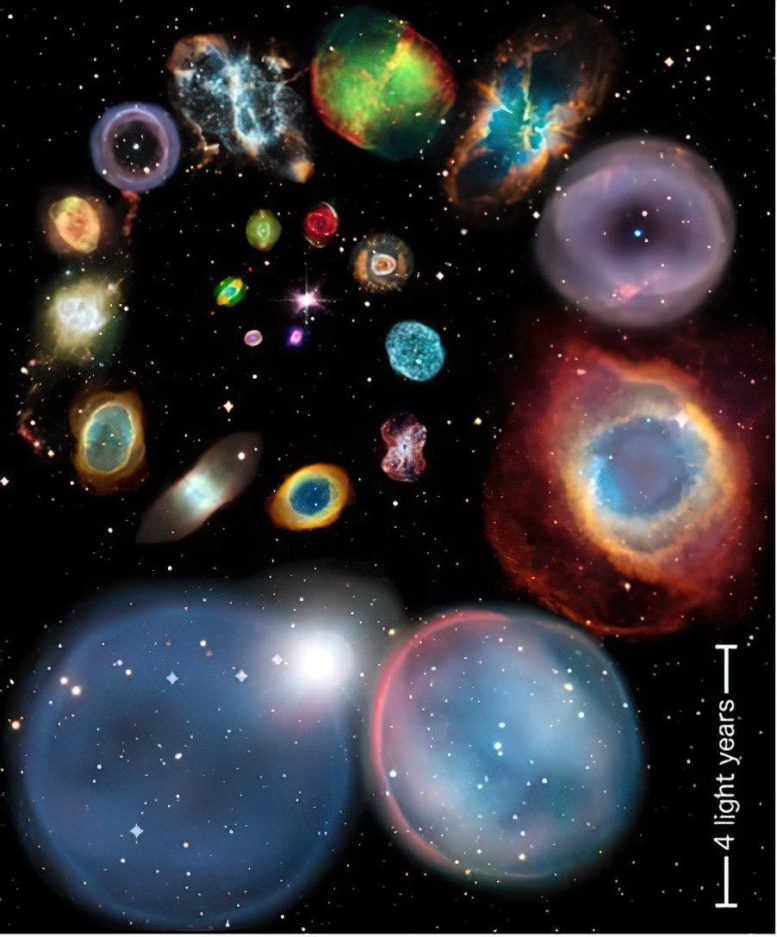
A now iconic collage showing 22 individual well-known PNe, artistically arranged in a spiral pattern by order of approximate physical size. Credit: ESA/Hubble and NASA, ESO, NOAO/AURA/NSF from an idea by the corresponding author and Ivan Bojičić and rendered by Ivan Bojičić with input from David Frew and the author.
Scientists from The University of Manchester and the University of Hong Kong have found a source for the enigmatic alignment of stars close to the Galactic Center.
The initial discovery of the alignment of planetary nebulae was made a decade ago by Bryan Rees, a Manchester PhD student, but has remained unexplained.
New data obtained from the European Southern Observatory Very Large Telescope in Chile and the Hubble Space Telescope, published in Astrophysical Journal Letters, has confirmed the alignment but also found a particular group of stars that is responsible, namely close binary stars.
Planetary nebulae are clouds of gas that are expelled by stars at the end of their lives – the Sun will also form one about five billion years from now. The ejected clouds are ‘ghosts’ of their dying stars and they form beautiful structures such as an hourglass or butterfly shape.
The team studied a group of so-called planetary nebulae found in the Galactic Bulge near the center of our Milky Way. Each of these nebulae are unrelated and come from different stars, which were born at different times, and spend their lives in completely different places. However, the study found that many of their shapes line up in the sky in the same way and are aligned almost parallel to the Galactic plane (our Milky Way).
This is in the same direction as found by Bryan Rees a decade ago.
The new research, led by Shuyu Tan, a student at the University of Hong Kong, found that the alignment is present only in planetary nebulae which have a close stellar companion. The companion star orbits the main star at the center of the planetary nebulae in an orbit closer than Mercury is to our own Sun.
The planetary nebulae that do not show close companions do not show the alignment, which suggests that the alignment is potentially linked to the initial separation of the binary components at the time of the star’s birth.
Albert Zijlstra, co-author and Professor in Astrophysics at The University of Manchester, said: “This finding pushes us closer to understanding the cause for this mysterious alignment.
“Planetary nebulae offer us a window into the heart of our galaxy and this insight deepens our understanding of the dynamics and evolution of the Milky Way’s bulge region.
“The formation of stars in the bulge of our galaxy is a complex process that involves various factors such as gravity, turbulence, and magnetic fields. Until now, we have had a lack of evidence for which of these mechanisms could be causing this process to happen and generating this alignment.
“The significance in this research lies in the fact that we now know that the alignment is observed in this very specific subset of planetary nebulae.”
The researchers investigated 136 confirmed planetary nebulae in the galaxy bulge – the thickest section of our Milky Way composed of stars, gas, and dust – using the European Southern Observatory Very Large Telescope, which has a main mirror diameter of eight meters.
They also re-examined and re-measured 40 of these from the original study using images from the high-resolution Hubble Space Telescope.
Prof Quentin Parker, the corresponding author from the University of Hong Kong, suggests the nebulae may be shaped by the rapid orbital motion of the companion star, which may even end up orbiting inside the main star.
The alignment of the nebulae may mean that the close binary system preferentially forms with their orbits in the same plane.
Although further studies are needed to fully understand the mechanisms behind the alignment, the findings provide important evidence for the presence of a constant and controlled process that has influenced star formation over billions of years and vast distances.
Reference: “When the Stars Align: A 5σ Concordance of Planetary Nebulae Major Axes in the Center of Our Galaxy” by Shuyu Tan, Quentin A. Parker, Albert A. Zijlstra, Andreas Ritter and Bryan Rees, 13 July 2023, The Astrophysical Journal Letters.
DOI: 10.3847/2041-8213/acdbcd

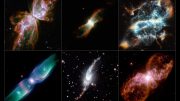
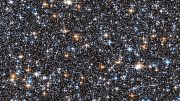
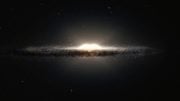

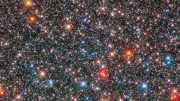
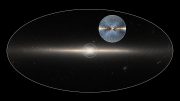
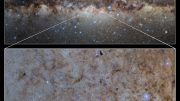
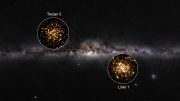
In the paper above you said The alignment of the nebulae may mean that the close binary system preferentially forms with their orbits in the same plane, What the Hell are you talking about ?!?
The long axes of the planetary nebulae within the bulge align with the plane of the bulge, which means the orbital plane of the binaries align with the orbital plane of the bulge. This is not what we see in the spiral arms, where the orbital plane of binaries do not necessarily align with the galactic plane.
The author of this article obviously couldn’t understand the paper, and completely massacred it.
Of course,the same plane of orbit can be explned for the star binaries around the center of galaxy.
Einstein’s theory of GR in assembly with the law of Thermodynamic Quantum Mecanics applied to supernova in binary system with another orbiting star gives the Star Dynamic Gravitational Constant G*;which is almost equal to G,the Universal Gravitational Constant derived from the Newton’s law of gravitation and value found from experimentation.
Thus,same plane can be obtained for all binaries of orbiting
stars due to their rotation around the supermassive black hole at the center of galaxy,milky way.
Thanks to the authors for good observation.But,yet works are needed to establish Quantum Gravity for real background;from the law of Thermodynamic Quantum Mecanics used in this Star Dynamics.
Lmao 🤣 omg, and OF COURSE its a freaking spiral! Gurren-Lagan anyone? WE MUST DEFEAT THE ANTI-SPIRALS TO SAVE US ALL 😎